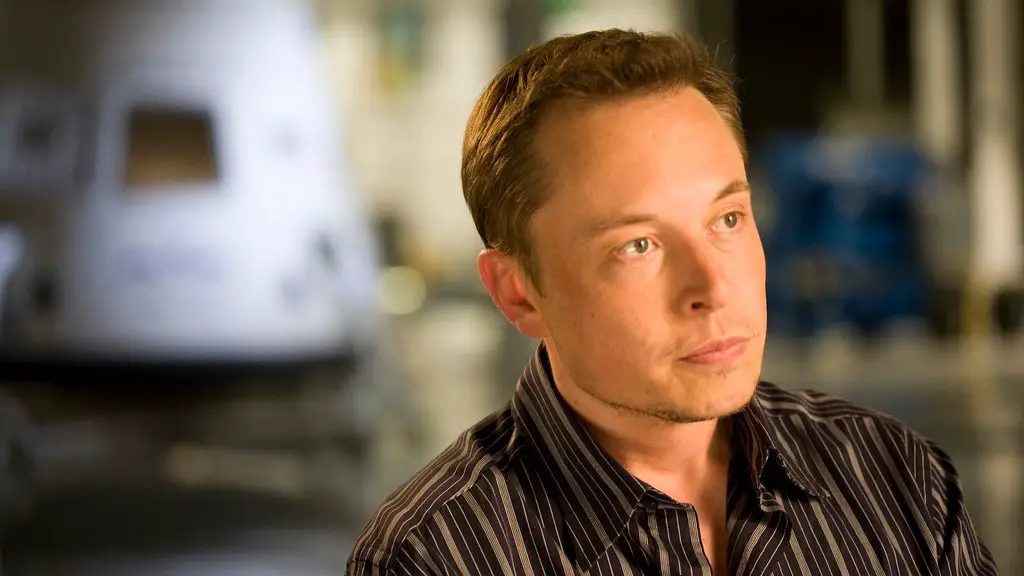The purpose of Elon Musk satellites is to provide internet access to remote and rural regions around the world. These satellites, which are part of Musk’s Starlink project, are designed to offer reliable and fast internet connection, thereby bridging the digital divide between the world’s developed and developing nations. The ambitious project, which was initiated in 2015, has grown from a network of experimental satellites to an international constellation of thousands of individual satellites, which began launching into orbit in 2019.
The primary goal of Musk’s Starlink technology is to provide reliable internet access to anyone in the world, no matter where they are. Additionally, the Starlink satellites are designed to supplement and expand traditional cellular networks and other internet services that rely on terrestrial infrastructure. As each individual satellite operates independently, there is no single point of failure and the system can remain operational even during outages or natural disasters.
Despite the promise of Starlink, many experts have raised concerns about its potential impacts on the environment and astronomical research, given the sheer number of satellites involved. As of April 2021, there are more than 1,000 Starlink satellites in orbit, and over 30,000 have been authorized for launch by the Federal Communications Commission, as part of a constellation that could eventually contain upwards of 42,000 satellites. This scale of production is unprecedented, and it raises the risk of light pollution, interference with astronomical observations, and debris generation that could threaten existing satellites.
Nevertheless, many experts have acknowledged the potential of Musk’s system to revolutionize the way we access the internet. For instance, SpaceX has announced plans to deliver broadband internet services to those in Canada and the United States by the end of 2021. Additionally, Starlink has plans to eventually reach other regions of the world, with most of the inhabited areas potentially having coverage by the mid-2020s. These efforts could potentially revolutionize the way that people access the internet, particularly in rural and remote areas that are underserved or not served at all by traditional telecommunications infrastructure.
In addition to its role in providing internet access, Elon Musk’s Starlink project is poised to revolutionize the global space industry. For instance, SpaceX is developing a ground-based tracking system that utilizes the Starlink satellite constellation and machine learning algorithms to identify and track objects in space. This advanced system could provide valuable data for governments and private companies involved in civil, commercial, and military space activities.
Overall, Elon Musk’s satellites have the ability to transform the way people access the internet. The ambitious project has the potential to bridge the digital divide and revolutionize the global space industry. However, it is important to recognize the potential risks and concerns associated with the system, such as light pollution and interference with astronomical observations, and develop strategies to minimize them.
Starlink and Cost Reductions
One of the other key benefits of Elon Musk’s Starlink satellites is the potential to reduce the cost of internet access around the world. SpaceX has stated that its goal is to make internet access universally available at an affordable price point. This could potentially open up access to the internet in developing countries and communities that are struggling with existing infrastructure or without any access at all.
SpaceX is also working on ways to further reduce the cost of launching satellites into orbit. One such method is the development of reusable rocket boosters, which allow SpaceX to reduce the cost per launch. This could make the process of launching satellites en masse an economically viable option for both government and private companies.
Furthermore, the Starlink satellites themselves are designed to be smaller, cheaper and more efficient than traditional satellites. This makes it easier to launch more satellites at once and allows for faster deployment. Additionally, these smaller satellites are resistant to space debris and electromagnetic interference and have a design life of five to seven years. As such, they could potentially remain functional for more than a decade, which would significantly reduce operational and maintenance costs.
Overall, Elon Musk’s Starlink technology could potentially revolutionize the way people access the internet and reduce the cost of launching satellites into orbit. The smaller, more efficient design of the Starlink satellites could also reduce operational costs and make launching en masse a much more viable option.
Starlink and Environmental Impacts
One of the other major considerations with Elon Musk’s Starlink satellites is their potential to impact the environment, given the sheer number of satellites involved. As noted by experts, the large number of satellites, especially when reflecting sunlight, could contribute to light pollution and interfere with astronomical observations. Additionally, there is the potential for space debris to be generated as a result of all the launches.
To minimize the environmental impacts of its system, SpaceX has developed strategies to reduce the reflectivity of its satellites and to minimize the risks of debris generation. For instance, the satellites are designed to deorbit more quickly than traditional satellites, which reduces the risk of debris generation. Additionally, SpaceX is developing methods to ensure that the satellites remain as close to Earth as possible, which reduces the amount of sunlight they can reflect and ultimately helps to lessen the impacts of light pollution.
Furthermore, SpaceX is also attempting to minimize the noise generated by its spacecraft in order to protect the environment. This includes minimizing engine burn time and minimizing engine noise by flying quieter aircraft. Additionally, the company is attempting to reduce the amount of vibration generated by its engines in order to reduce the impact on wildlife.
Overall, it is clear that the environmental implications of Elon Musk’s Starlink satellites need to be considered. However, with the proper strategies for mitigating potential impacts, the potential benefits of the project could outweigh the potential risks.
Starlink and Astronomical Research
Another potential concern with Elon Musk’s Starlink satellites is their potential to interfere with astronomical observations. Astronomers fear that the large constellation of satellites could potentially impact their ability to observe faint celestial objects and to perform sensitive measurements. This has caused some in the astronomy community to express concerns about the potential impacts of the project.
In response, SpaceX is working on ways to minimize the impact of its system on astronomical research. The company has proposed dimming the brightness of its satellites and to ensure that they remain below Earth’s horizon during peak astronomical observation times. Additionally, SpaceX is working to ensure that its satellites are constantly tracked and that their orbits can be predicted accurately.
Nonetheless, experts suggest that the potential impacts of Starlink on astronomical observations will depend on successful strategies to mitigate those impacts. This includes continued efforts to lower the brightness of the satellites and to keep them below the horizon during peak astronomical observations times. Additionally, the tracking system mentioned earlier could also help to inform astronomers of when satellites may be passing through their field of view.
Overall, the potential impacts of Elon Musk’s Starlink satellites on astronomical research need to be taken seriously. However, with the proper strategies for mitigating potential impacts, the potential benefits of the project could outweigh the potential risks.
Starlink and Insuring Satellites
Finally, one of the major concerns with Musk’s Starlink project is the potential impacts on the insurance industry, due to the sheer number of individual satellites involved. As the Starlink satellite constellation expands, the risks associated with their functioning, such as collisions and outages, increase exponentially. Additionally, this could lead to an increase in claims made against insurers.
In response, insurers are now offering new plans and policies specifically tailored to Starlink. These policies are designed to protect customers from risks associated with individual satellites, as well as from any firm-wide risks associated with the entire constellation. By offering tailored programs and policies that specifically cover Elon Musk’s satellites, insurers can help to reduce the potential financial impacts of Starlink-related incidents.
Additionally, insurers are also emphasizing preventative measures to minimize the risk of potential losses. This includes ensuring that satellites are tracked and monitored for debris, that any lax standards are addressed, and that the appropriate technologies are in place to detect and mitigate outages. These efforts could go a long way to help prevent costly incidents and maximize the efficiency of the system.
Overall, the risks posed by Elon Musk’s Starlink project to the insurance industry are real, and insurers are taking steps to ensure that they are properly prepared. By providing tailored policies and focusing on preventative measures, insurers can help to minimize the financial impacts on their clients and maximize the efficiency of the system.



